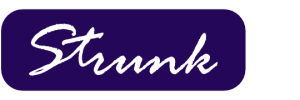Employee Overdraft Privilege Training
As more and more states are reducing their Covid-19 restrictions, we are seeing an increase in employees from financial institutions going back to face-to-face work environments. As workers start returning to their workspace in a safe fashion, this is a great time to have some additional training with your employees regarding your Overdraft Privilege program.
Strunk offers ODP training that is specific for your financial institution. With each session tailored to your financial institution we can help identify issues that you may be having with your program while also ensuring that your employees fully understand the benefits of the overdraft privilege program. During this ODP training will review how to fully explain the ODP program to customers/members and this will prepare your employees to answer questions that they may receive regarding the program. The ODP training is excellent for both new staff that needs to learn about the service as well as a refresher training for other employees.
Another important item that Strunk covers with its training is the compliance perspective surrounding the program. We are all aware that Overdraft Privilege has been under the microscope of the CFPB, and we would like to make sure that your financial institution stays safe from any regulatory issues. Strunk’s training can be done in person and is still being offered as a webinar, which gives financial institutions the flexibility to choose how they would like their staff to be trained.
If you would like additional information on Strunk’s employee Overdraft Privilege training, please feel free to contact us at 800-728-3116 or info@strunkaccess.com.


